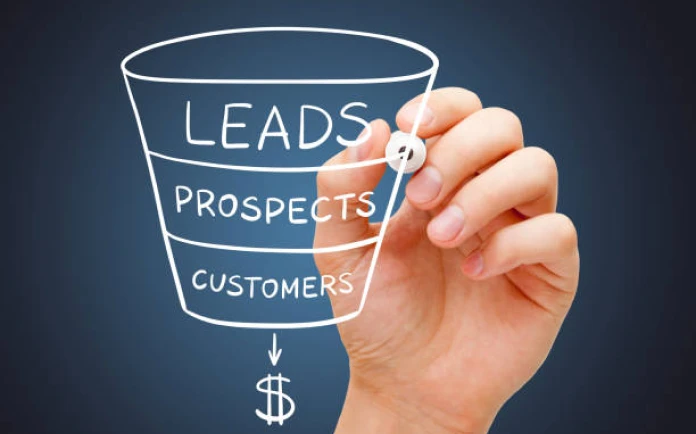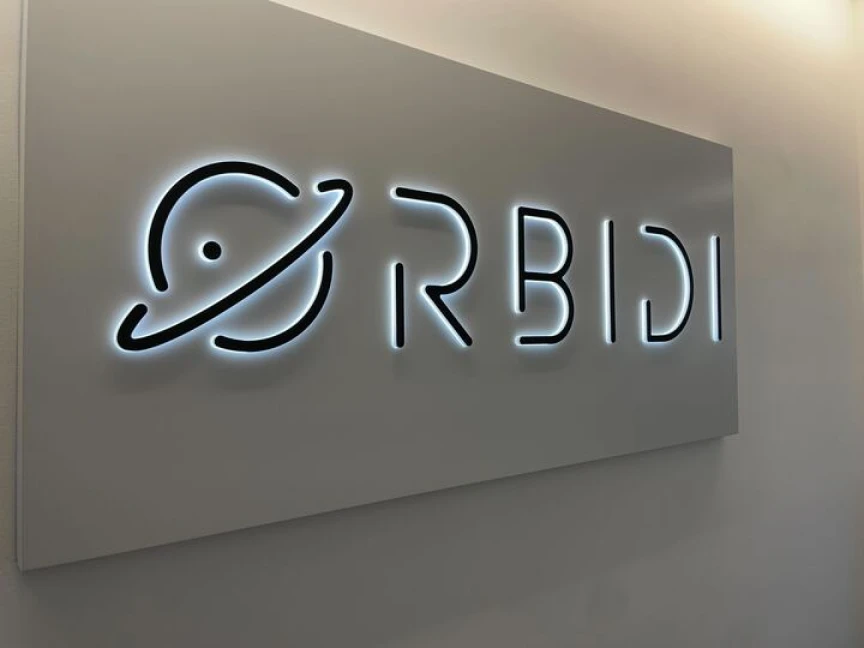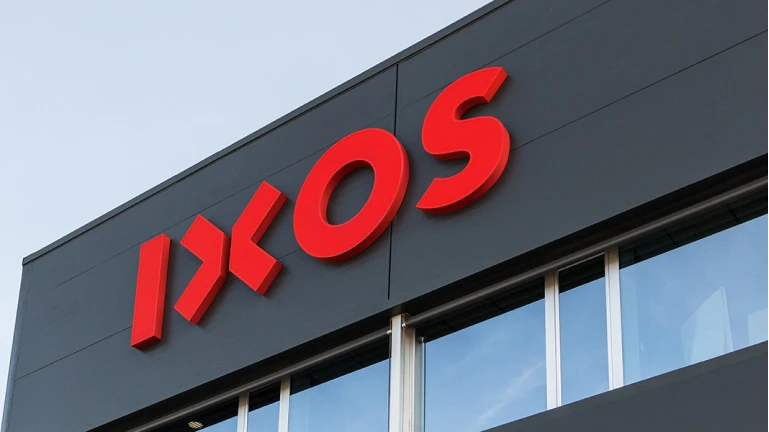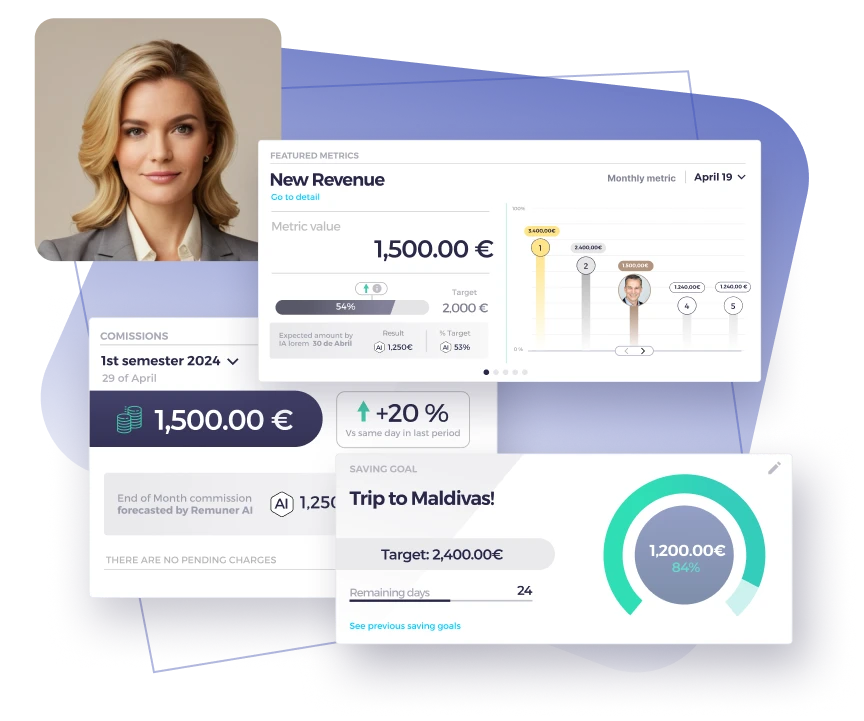A well-managed sales pipeline is essential for any business looking to achieve sustainable growth and success. The pipeline is a visual representation of where prospects are in the sales process. It allows sales teams to track and manage potential customers through each stage, from initial contact to closing the deal. This guide explains the sales pipeline and its importance. It also covers how to create a strong pipe and the roles of team members like SDRs and account executives.
Table of contents
What is a the sales pipeline
The sales pipeline is crucial for any sales strategy. It represents the stages a prospect goes through before becoming a customer. The pipeline provides a clear view of where each lead is in the sales process, allowing sales teams to prioritize efforts and manage resources effectively.
The following stages serve as an example of a pipe configuration. Pipeline stages should be adapted to align with the company’s sales process and sales cycle.
Main stages of the sales pipeline
- Prospecting stage: Involves the crucial task of identifying potential customers who show interest in your product or service, laying the foundation for fruitful future interactions and engagements.
- Lead Qualification stage: The process of determining whether a lead aligns with your ideal customer profile (ICP), assessing their potential to make a purchase, and distinguishing promising leads from less likely prospects.
- Needs Analysis stage: understanding the individual needs, challenges, and pain points of the prospect, essential for tailoring effective solutions and recommendations.
- Demo stage: The goal is to demostrate how your product or service can solve the prospect’s problems, illustrating its value and functionality.
- Proposal stage: presentation of the detailed and customized offer to the prospect, outlining how the product or service meets their specific needs.
- Negotiation stage: Discussing terms and addressing any objections the prospect might have.
- Closing stage: Finalizing the sale and converting the prospect into a customer or is considered a lost deal.
Each stage of the pipe requires different strategies and approaches to move prospects forward. Sales teams can improve their chances of closing deals by knowing where prospects are in the sales process. They can also personalize their interactions with prospects.
Building a robust sales pipeline
Pipeline generation is the process of creating and maintaining a healthy pipeline of prospects. A robust pipe ensures a steady flow of potential customers, which is essential for achieving sales targets.
Strategies for Effective Pipeline Generation
- Inbound Marketing: Create valuable content that attracts potential customers to your website.
- Outbound Prospecting: Actively reach out to potential leads through cold calls, emails, and social media.
- Referrals: Encourage existing customers to refer new prospects.
- Networking: Attend industry events and conferences to meet potential clients.
- Partnerships: Collaborate with other businesses to generate leads.
Effective pipeline generation requires a mix of strategies tailored to your target audience and market conditions. Building a strong pipe from the outset ensures that your sales team always has fresh leads to pursue.
The Role of SDRs in Pipeline Generation
Sales Development Representatives (SDRs) play a crucial role in pipeline generation and management. SDRs are responsible for the initial stages of the sales process, including prospecting and qualifying leads. They are often the first point of contact between a company and potential customers.
Key Responsibilities of SDRs
- Prospecting: Identifying potential leads through research and outreach.
- Qualifying Leads: Determining if a lead is a good fit for the product or service.
- Setting Appointments: Scheduling meetings between qualified leads and account executives.
- Follow-Up: Maintaining regular contact with leads to nurture relationships.
SDRs are essential for building a strong pipe and ensuring a steady flow of qualified leads for account executives. They help to keep the pipeline full and moving, ensuring that there are always new opportunities to pursue.
The Role of Account Executives in the Sales Pipeline
Account executives take over once leads have been qualified by SDRs. They are responsible for moving leads through the middle and later stages of the pipe, including needs analysis, presentation, negotiation, and closing.
Key Responsibilities of Account Executives
- Needs Analysis: Understanding the specific requirements and pain points of prospects.
- Product Demonstrations: Showing how the product or service can meet the prospect’s needs.
- Negotiation: Addressing objections and discussing terms to reach a mutually beneficial agreement.
- Closing: Finalizing the sale and converting leads into customers.
- Account Management: Ensuring customer satisfaction and identifying opportunities for upselling or cross-selling.
Account executives play a vital role in converting qualified leads into paying customers and driving revenue growth. They work closely with SDRs to ensure that the leads passed to them are well-qualified and ready to be closed.

Best practices for pipeline management
Effective pipeline management involves more than just tracking leads; it requires strategic planning and continuous optimization. Here are some best practices for managing your sales pipe:
Regular pipe reviews
Conduct regular pipeline reviews to ensure that all leads are progressing as expected. This helps to identify bottlenecks and areas for improvement.
Clean your pipe
Remove inactive or dead leads from your pipeline regularly. This keeps your pipeline clean and focused on high-potential opportunities.
Prioritize leads
Focus on high-priority leads that are most likely to convert. Use lead scoring and other tools to identify and prioritize these leads.
Continuous training
Provide ongoing training for your sales team to ensure they have the skills and knowledge needed to manage the pipeline effectively.
Leverage technology
Leverage CRM tools and AI to enhance your pipeline management processes. These tools can automate tasks, provide valuable insights, and improve efficiency.
Collaboration
Encourage collaboration between SDRs, account executives, and other team members. A coordinated approach ensures that leads are handled efficiently and effectively.
The Importance of Forecasting the pipeline
Forecasting is the process of predicting future sales based on the current pipe. Accurate forecasting is crucial for planning and decision-making. It helps businesses anticipate revenue, allocate resources, and set realistic sales targets.
How to Improve Sales Forecasting
- Analyze Historical Data: Use past sales data to identify trends and patterns.
- Understand Your Sales Cycle: Know the average time it takes to move a prospect through the pipeline.
- Track Metrics: Monitor key performance indicators (KPIs) like conversion rates and average deal size.
- Regular Updates: Continuously update your pipeline to reflect the most current information.
- Use Technology: Leverage CRM tools and AI to enhance accuracy and efficiency.
Accurate forecasting allows businesses to make informed decisions, adjust strategies, and achieve their revenue goals. The strength of your pipe is directly related to the accuracy of your forecasts. Almost 90% of the success of an accurate forecast lies not in the projection model, but in the quality of the data used to project.
Sales Pipeline KPIs and metrics
To optimize your pipeline management, it’s essential to measure performance regularly. Key metrics to track include:
Conversion Rates
The percentage of leads that move from one stage of the pipeline to the next. High conversion rates indicate a healthy pipe.
Average Deal Size
The average value of deals closed. Tracking this metric helps to understand the revenue potential of your pipeline.
Sales Cycle Length
The average time it takes to close a deal. Shortening the sales cycle can increase efficiency and revenue.
Pipeline Velocity
The speed at which leads move through the pipe. Faster pipeline velocity can lead to higher sales and revenue.
Win Rate
The percentage of deals closed out of the total number of opportunities. A high win rate indicates effective sales strategies and strong pipeline management.
By tracking these metrics, you can gain valuable insights into your pipeline’s health and identify areas for improvement.
Conclusion
Mastering the sales pipeline is essential for any business looking to achieve sustainable growth. Sales teams can succeed by using various strategies and tools. These include understanding the key stages of the pipeline, generating leads, forecasting, and effectively utilizing AI. SDRs and account executives help manage leads and turn them into customers by keeping the sales pipe running smoothly.
With a well-managed sales pipe, businesses can achieve their sales targets, increase revenue, and ensure long-term success.





